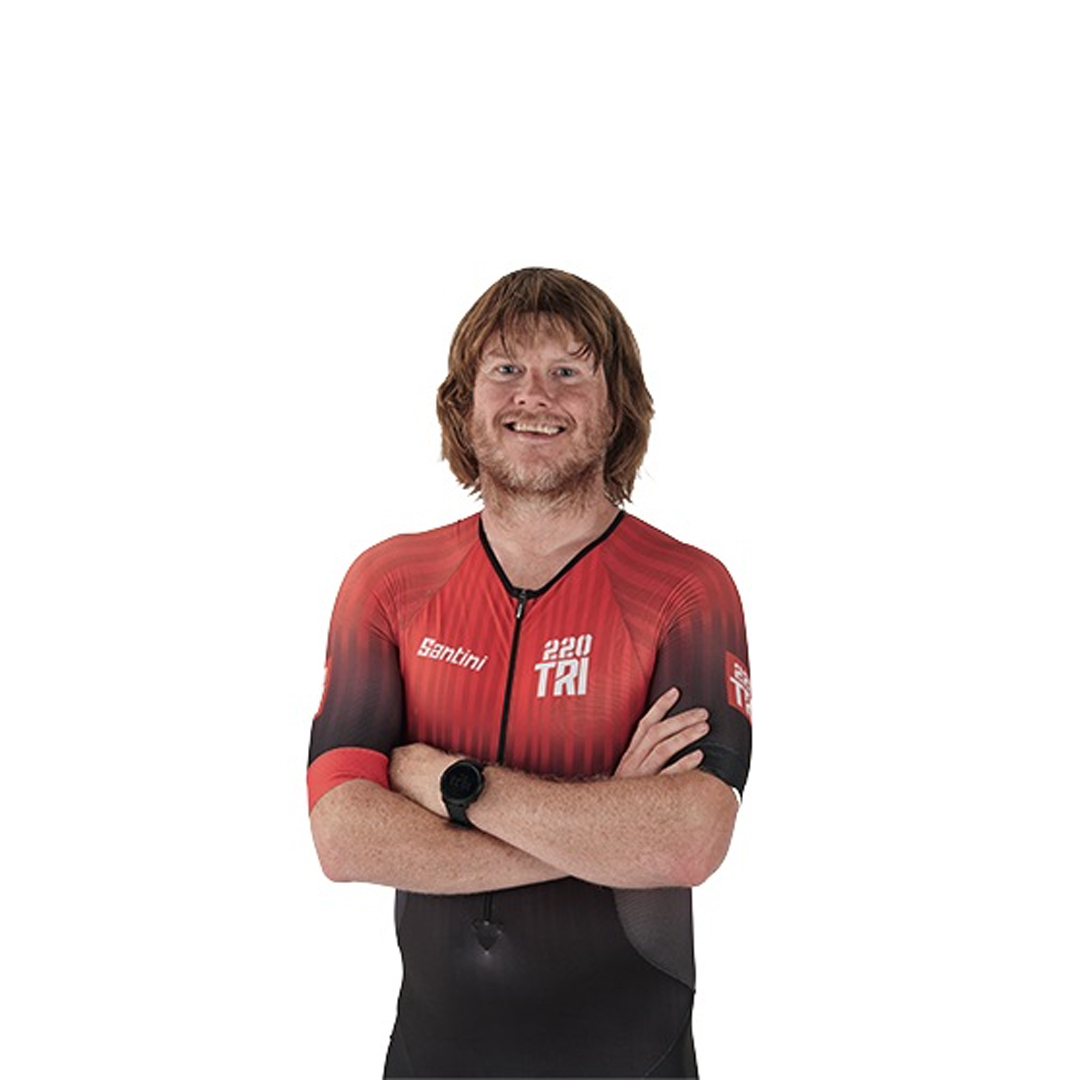Training terminology can sometimes be a little overwhelming, with several words often used to describe the same thing. But one that comes up quite often is the concept of training cycles – macro, meso and micro, to be precise. So what are they and what do they mean for your triathl0n training?
What is a macrocycle?
A macrocycle is the greatest chunk of time in your training plan. “This can be anything from one season to four years (e.g. an Olympic cycle),” says Paul Jones of F4L Coaching. “In fact, it can be longer depending on an athlete’s goals.”
What is a mesocycle?
This is broken down into smaller parts or mesocycles. Annually, these phases are preparation, base, pre-competition, competition and recovery, which is what you probably know them better as. Each mesocycle is a set period and will have a particular goal. For example, if your goal event’s in July…
Preparation (November-January)
This develops the foundation. It’s where triathletes might work on swim technique, run form and adapt to a new bike fit.
Base (February-April)
Now the aerobic work develops, longer rides creep into the programme, as do longer runs and 100m reps off a short rest in the pool. Throw in some higher-intensity efforts as this is crucial to an athlete’s development.
Pre-competition (May-June)
Where an athlete focuses on their specific event. Bricks will be included, as will minor races and single-discipline events.
Competition (July)
Here, intensity stays high, but volume reduces. This is the taper and ensures you’ll arrive at your event in the best possible shape.
What is a microcycle?
“In each of these, we have the smaller part of the mesocycle, which is the microcycle,” adds Jones. “These tend to be a week long. For example, a longer bike on a Sunday and easier day on the Monday. However, it can stretch to 14 days.”
These cycles sit beneath the umbrella of a periodised programme, which is about structuring an athlete’s training to meet the demands of the event.
“Imagine building a wall,” Jones explains. “You put the foundations in first (traditionally the preparation phase), then start building up the layers (base phase), before putting the top layer of bricks on (pre-competition phase) and finally putting the decorations on top (competition)!”
Just remember that what works for one triathlete may not work for another. Periodisation is an individual thing and will depend on a triathlete’s goals, longer-term ambitions, current fitness levels, weaknesses, ability and strengths.
“An athlete may have more than one competition phase of their macrocycle, for instance,” says Jones. That makes things more complicated but, if you are a regular racer, arguably you’re more experienced and have started to fathom what works for you.
“Finally,” concludes Jones, “recovery phase, after an event or at the end of a season, is critical for an athlete to remain motivated and healthy to sustain the next phase of their triathlon journey.” More is often too much!
Top image: Getty Images
